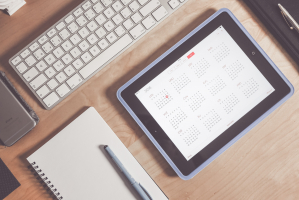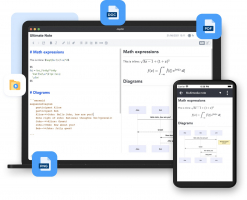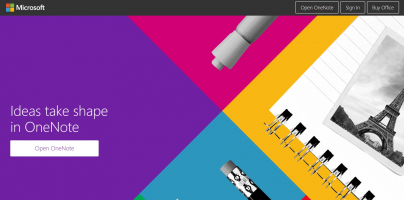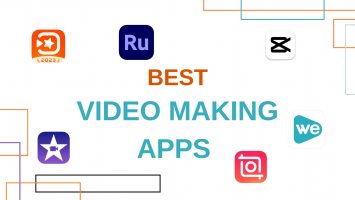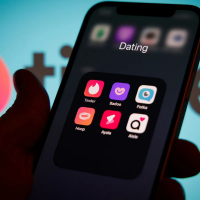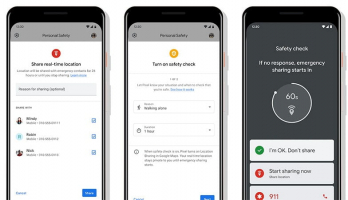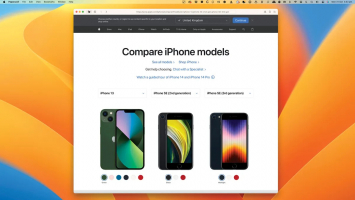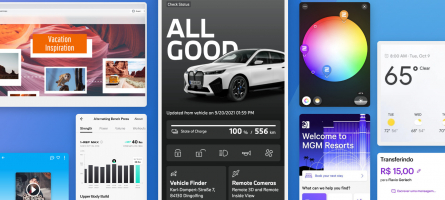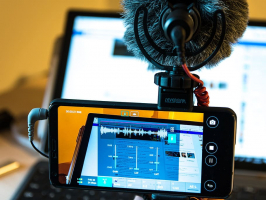Top 9 Best Note-Taking Apps
The best note-taking apps make taking notes on the fly simple, whether for inspiration, ideas, business insights, or event reminders. Note-taking applications ... read more...have grown in popularity, thanks in part to the widespread availability of mobile devices and smartphones. This means that mobile note-taking applications now allow you to write wherever you are, and there is a wide variety of apps accessible. Toplist will look at the finest note-taking applications available right now.
-
Evernote is a note-taking, organizing, task-management, and archiving program. The Evernote Corporation, based in Redwood City, California, created it. Users may make notes in the app, which can be text, drawings, images, audio, or stored online material. Notes are saved in notebooks and may be categorized, annotated, altered, searched, attached to other notes, and exported. Evernote, one of the oldest and most feature-rich note-taking apps, is not included on any list of the top note-taking apps. Evernote allows you to construct basic or complicated workflows by combining notebooks, notes, and tags to keep everything organized.
One of the more useful research tools is the Web Clipper plugin (available in Chrome, Firefox, and Safari), which allows you to save whole webpages - including text, photos, and PDFs - with a single click. Notes may be viewed via computers, mobile devices, and the web, so you're seldom unable to recover anything you've saved. Other capabilities include the ability to make reminders, show notes in PowerPoint format, and integrate them.
While there's a free plan with certain restricted capabilities, there are also two premium options, the Evernote Premium plan for individual users, and the Evernote Company plan for business. Evernote Premium has interfaces with Slack, Outlook, Google Drive, Microsoft Teams, and Salesforce, as well as an AI for content ideas such as comparable material in previous notes you've produced and content information from media sites.
Detailed information:
Cost: Free + Paid Business Option
Platforms: Android, iOS, WindowsDownload: https://evernote.com/download
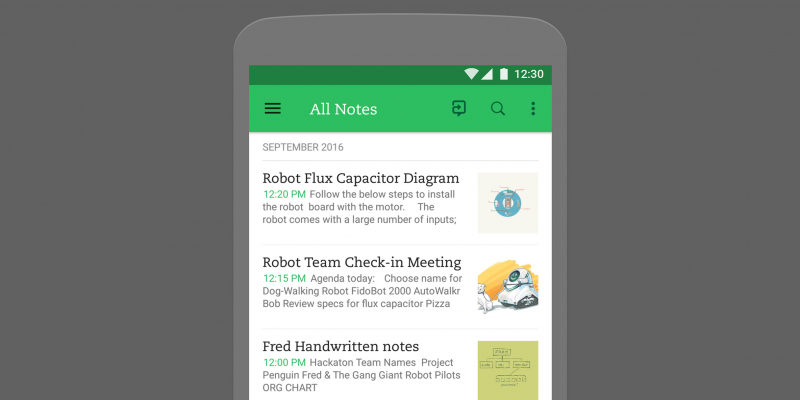
Evernote 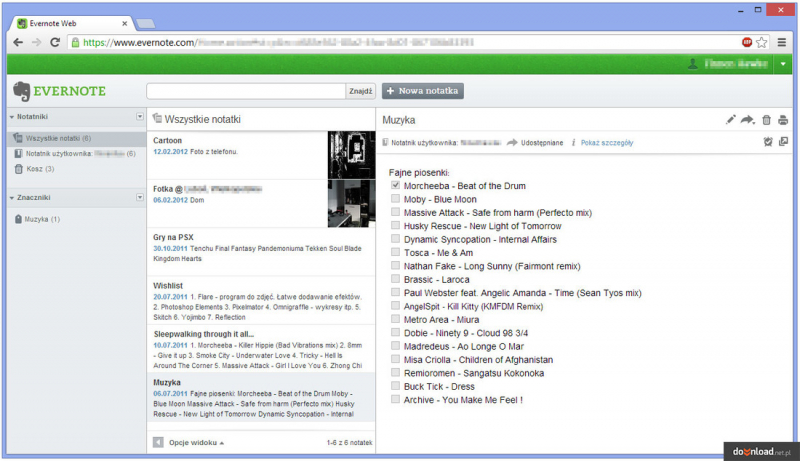
Evernote -
Google Keep is a free personal note-taking tool. Capture your notes, lists, photographs, and sounds to save and establish location-based and/or time-based reminders to make sure you never miss a thing. Google Keep is a note-taking application that is provided as part of Google's free, web-based Google Docs Editors suite. Google Docs, Google Sheets, Google Slides, Google Drawings, Google Forms, and Google Sites are all part of the service. Google Keep is accessible as an online application as well as an Android and iOS mobile app. The software has a number of note-taking features, including text, lists, photos, and audio.
Google Keep is a speedy, colorful app that is available on a variety of Android devices. Google Keep includes image recognition, allowing you to turn images (such as photos of your notes) and PDFs into searchable text. Continue working on your phone, tablet, and computer. Everything you add to Keep syncs across your devices, ensuring that your essential information is always with you.Google Keep is an oddity. It's adequate as a note-taking app.The way it combines with Google's other services, though, is what makes it so valuable. If you use Google Keep, there's a small lightbulb indicator on the right sidebar of Gmail when you open it in your browser. When you click it, you'll have instant access to all of your Google Keep notes. You may view any notes connected to the project you're working on, your most recent notes, search for anything from a long time ago, or make a new one.
Detailed information:
Cost: Free
Platforms: Android, iOS, WindowsDownload: https://www.google.com/keep
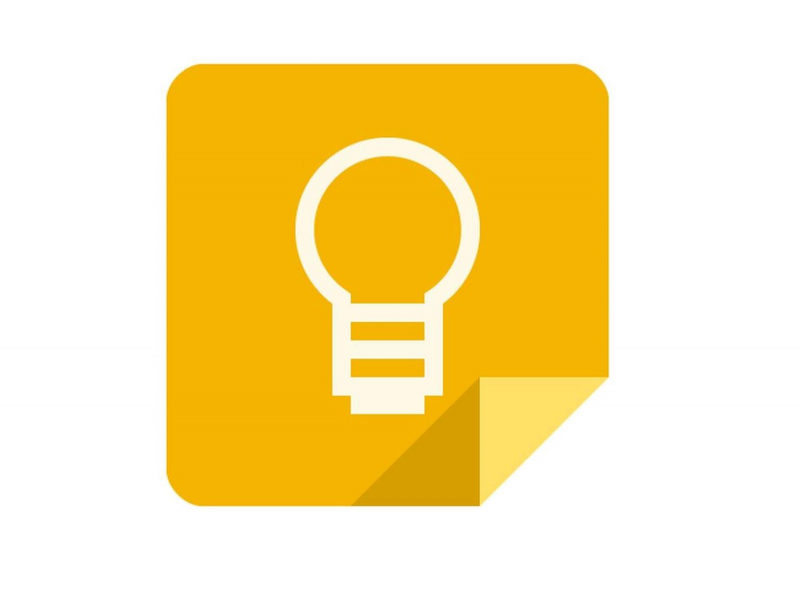
Google Keep 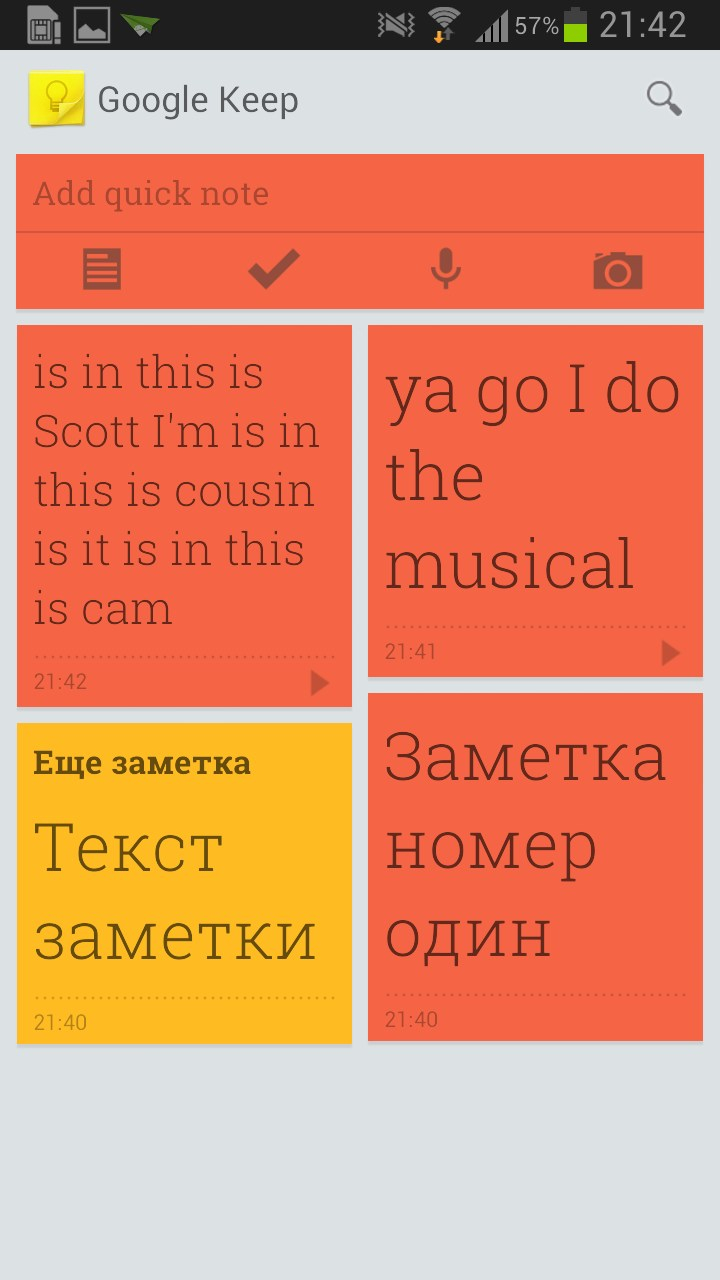
Google Keep -
Microsoft OneNote is a free-form note-taking tool that allows for multi-user collaboration and free-form information collection. It collects user remarks, drawings, screen captures, and voice commentary. Notes may be sent to other OneNote users through the Internet or a network. OneNote is included in the Microsoft Office suite, but it is also accessible as a free standalone program through the official website, as well as the app stores for Windows 10, macOS, iOS, and Android.
When it comes to taking notes, OneNote is highly flexible. Because each Notebook is patterned like a ringbinder, it is separated into parts with subsections known as pages. And each page is really a blank canvas on which you may write whatever you want, anywhere you want. This means you can drag and drop an image in, click anywhere to make text notes below it, even sketch a mustache on everyone in the shot if your computer supports a stylus. It appears to be a solution designed for students and those who need to write long, discursive notes about something, rather than those searching for a digital notepad to gather quick tidbits and odd ideas.
Although OneNote is free, it makes use of your OneDrive storage. You receive 5GB of storage space, which is more than enough for most individuals. However, if you utilize OneDrive to store your images or save a large number of image and audio notes, you may exceed that limit. If you do, you may upgrade to 100GB for $1.99 per month.
Detailed information:
Cost: Free
Platforms: Android, iOS, Windows
Download: https://www.onenote.com/Download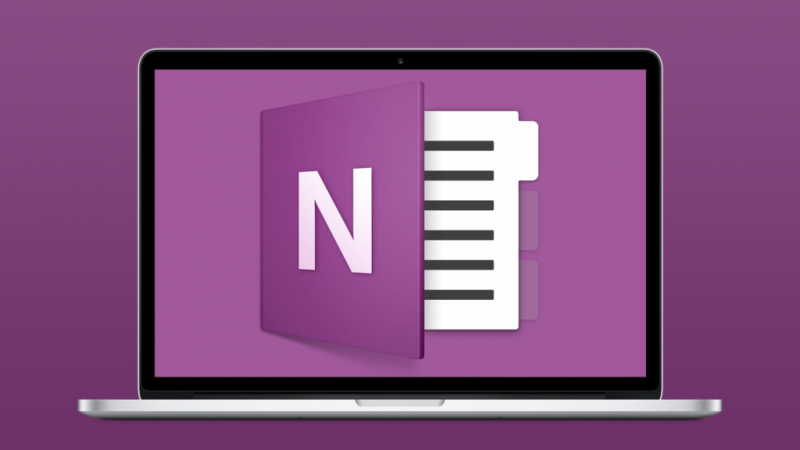
Microsoft OneNote 
Microsoft OneNote -
Notion is a project management and note-taking program that is used for note-taking, task management, project management, knowledge management, and personal knowledge management. For personal and collaborative work, the software makes use of databases and markdown pages.
Note-taking can be done for oneself or in collaboration with and for the benefit of others. So far, all of the applications we've looked at are mostly for taking notes for yourself. Yes, you may share and collaborate on notes and even notebooks, but their essential functionalities are found elsewhere. Collaboration on all levels is integrated into Notion from the start. Notion is the only app on our list that does not meet the requirement of being a note-taking app. It is, but because of its collaborative aspects, it has the potential to be much more. It's three apps in one: a strong notes app (thus its inclusion on our list), a task and project manager, and a reference wiki.
Each new note or document is referred to as a page, and everything in Notion is referred to as a block. Text, checklists, and headers are examples of fundamental elements, as are photos, web bookmarks, video, music, code snippets, and files. On each page, you can use as many blocks as you like in any configuration. They're quite simple to insert: simply type / and browse through the list. There are a lot of templates built in as well, so don't feel like you have to modify everything when you're first starting off. Simply select Templates from the sidebar and browse the possibilities until you find one you like.
Detailed information:
Cost: Free
Platforms: Android, iOS, Windows
Download: https://www.notion.so/mobile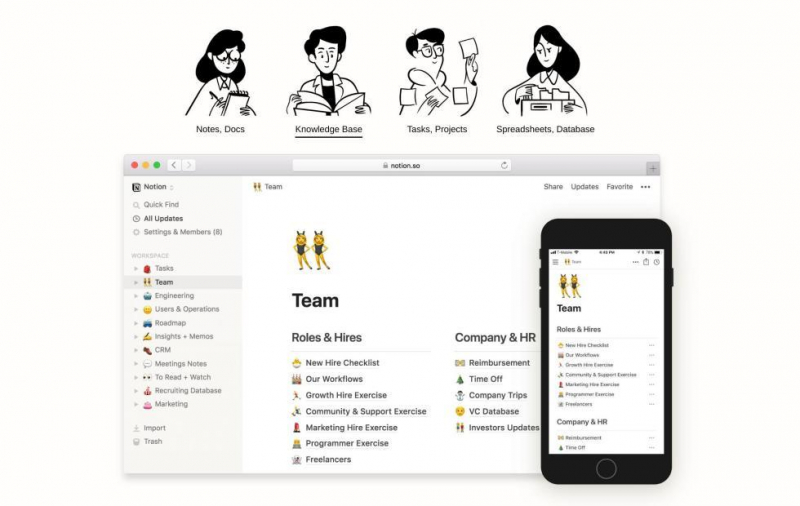
Notion 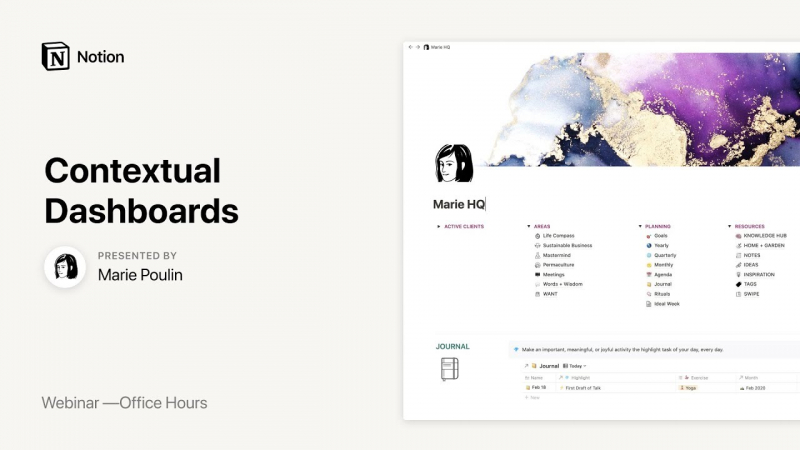
Notion -
If you're already a fan of Apple's ecosystem, you won't have to seek far for an excellent free note-taking tool. Apple Notes (sometimes known as Notes or iCloud Notes depending on how you access it) is incorporated into macOS and iOS and may also be accessed via your browser. Simply go to icloud.com/notes to get an online version of the app that has all of your synchronized notes—even if you're using a PC or Chromebook. It's a wonderful addition that prevents your notes from being completely tied onto your Apple devices, as long as you have adequate iCloud storage capacity to save everything.
You may add text, attach photographs, scan documents, draw or handwrite, add checklists, arrange items into tables, and more to a new note. You can add many items to a single note, but unlike OneNote, they are segmented. For example, you can't use the pen tool to scratch out a text message.
Of course, being a first-party Apple software, Notes integrates seamlessly with the rest of the Apple ecosystem. One interesting feature is the ability to add stuff directly to Notes on your Mac from your iPhone or iPad. Open a new note, then select Take Photo, Scan Document, or Add Sketch from the Attach dropdown menu. While it is no longer as simple as it once was, Apple Notes is still incredibly effective and meets all of our criteria for a superb note-taking tool. Power-user features can be beneficial, but the majority of users aren't power users—and Apple is well aware of this.Detailed information:
Cost: Free with Apple Account
Platforms: iOS (+ iCloud)Download: https://apps.apple.com/us/app/notes/id1110145109
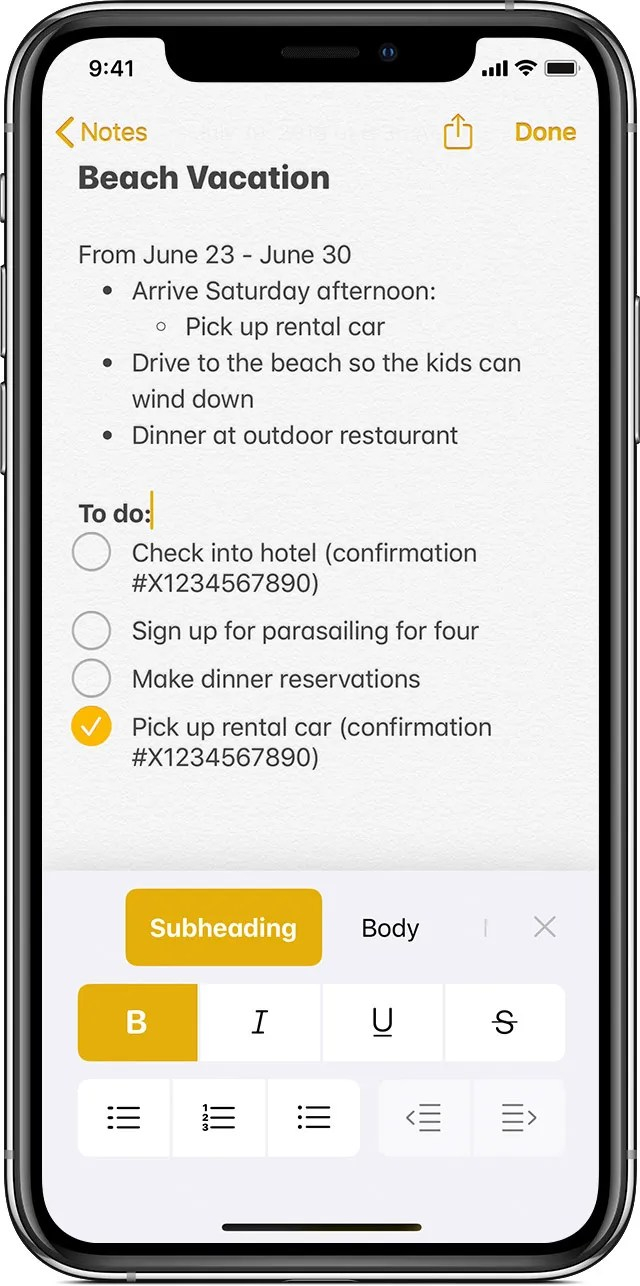
Apple Notes -
Obsidian is a new type of note-taking software that pushes the boundaries of what a note-taking app can and should do. It, like Notion and Roam Research (which didn't make the list due to their lack of offline support), aspires to be an all-encompassing digital database for your life—and sort of succeeds. Obsidian has a considerably higher learning curve than the other applications on our list, so only consider it if you're willing to put in the effort to configure it to your specific needs. At its foundation, it's just a notes software that uses Markdown-formatted text files, but things can become complicated quickly.
You may use the sidebar to organize your notes into folders and subfolders, but more importantly, you can link between them using internal hyperlinks. Typing "[[" brings up a dialog window where you may choose any other note to connect to. This means you can simply refer to previously written notes; for example, you may make a list of all the books you've read in the last year and link to the notes where you review them.
Furthermore, you can virtually personalize everything you desire. You have complete control over the interface and may have as many notes open in the same window as you desire. There are also community plugins that add functionality such as a kanban board, taking it well beyond plain text files.
Detailed information:
Cost: Free + Pro for $1.49/Month
Platforms: Android, iOSDownload: https://obsidian.md/download
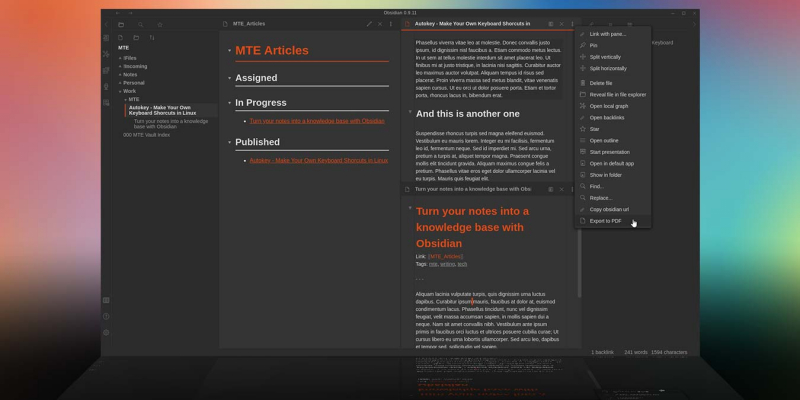
Obsidian 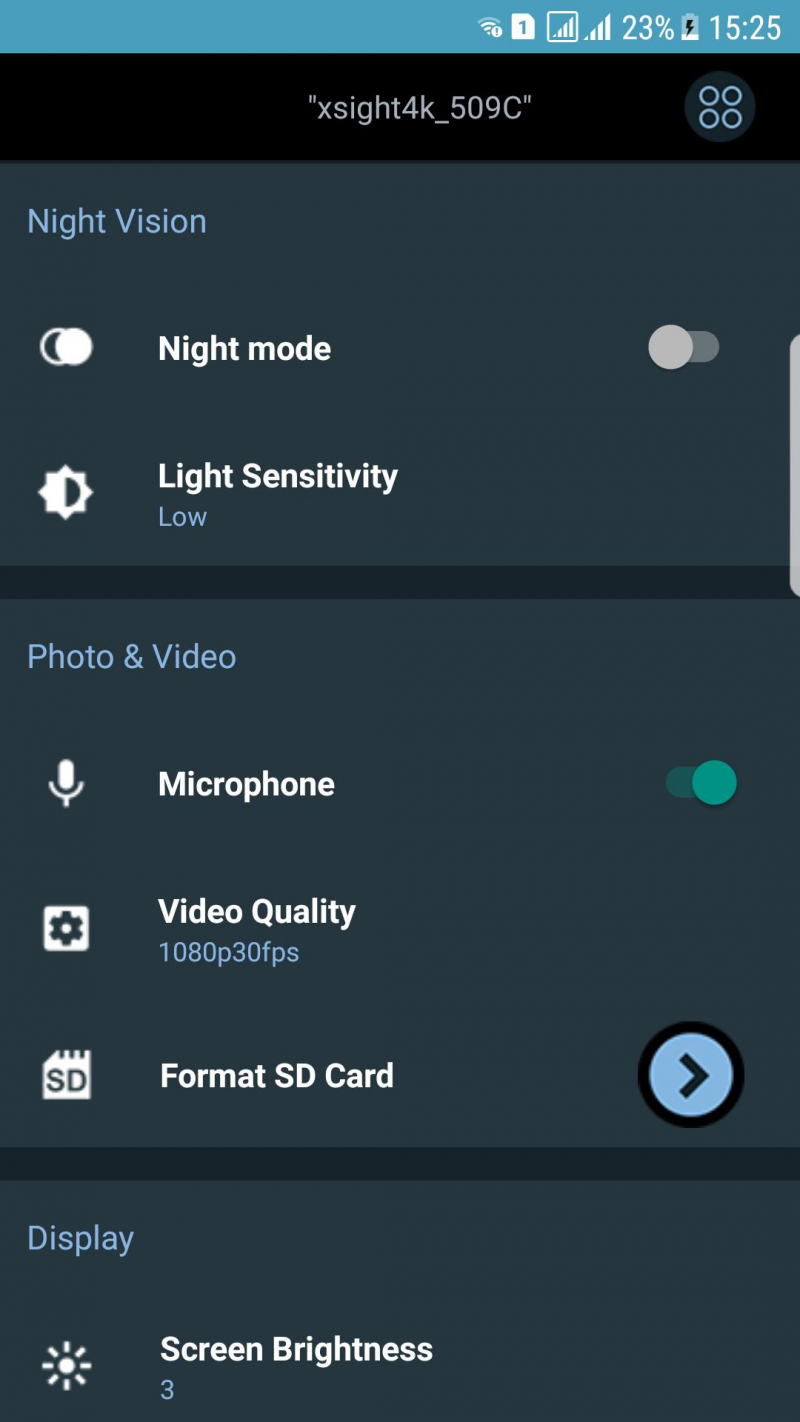
Obsidian -
Bear is a powerful note-taking software that is exclusively accessible on Apple devices. It offers a straightforward left-to-right layout that includes a primary menu, a note snippet display of your most recent notes, and the actual note-taking area. It supports Markdown, which allows you to compose notes more quickly. Because it is only accessible on Mac and iOS, you may connect notes to create a body of work.
One of its distinguishing qualities is its organizational structure. Use hashtags to classify, then use a slash command to add new subfolders. This may be done from anywhere in the note. This is a basic method for organizing and categorizing your notes. The new folders will then show on your main menu. It also makes use of additional markdown text editor shortcuts to connect your notes. Bear may be an online writer's best buddy for everything from brief notes to in-depth essays and complex mark-up choices.You can organize notes using a Slack-like three-pane layout by using hashtags, which allows for a subfolder like structure. Bear, like Ulysses, employs rich Markdown for editing, so you can enter links into documents without having to show the whole URLs. Bear, on the other hand, is a relatively easy-on-the-eyes Markdown tool that allows you to enter photos straight into notes, which might make it a lot more beneficial program overall if images are a key part of your workflow.
Detailed information:
Cost: Free + Pro for $1.49/Month
Platforms: Android, iOSDownload: https://bear.app
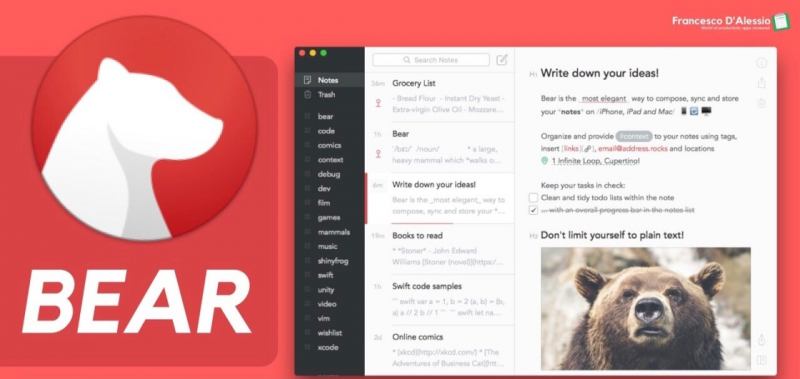
Bear 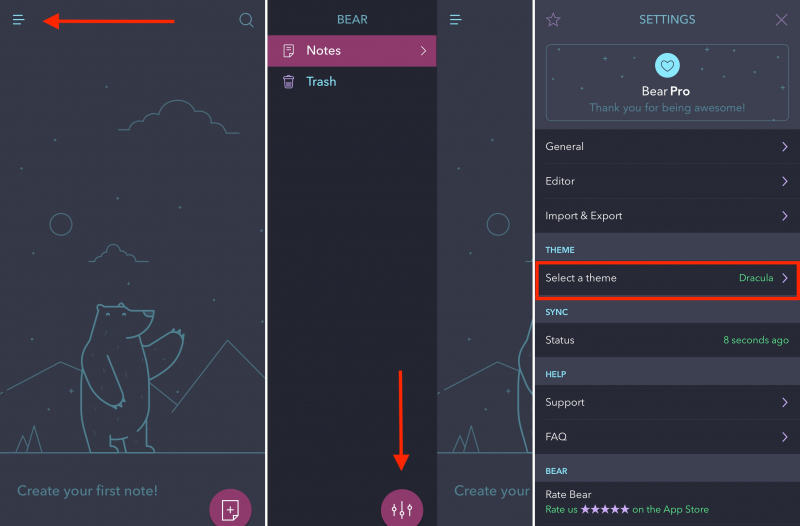
Bear -
Ulysses is a text editor for Apple Mac OS X, iPad, and iPhone. It is targeted at creative writers who do not want to worry about text layout, formatting, or other distractions, and who want to focus on their words, although it does support Markdown for basic formatting. Ulysses has been around for a while, and it's one of the most refined note-taking apps available on Apple's computer platform. (One that's also well-suited to long-form writing.) Notes are created and saved in the app's unique Markdown format, which allows for creative (and colorful) heading use.
Furthermore, pictures may be embedded as links within documents; rather than showing them in the body text, you can double-click the links to view image thumbnails. Ulysses also displays photos in a sidebar, which may also provide a word count, small notes, and other information at a glance.Ulysses increases absorption in the book and aids in productivity. It is a full-fledged writing tool that can compete with any distraction-free writing program. You may arrange all of your projects, no matter how big or little, in Ulysses' unified library. You can also post to WordPress and Medium directly from the app.
Detailed information:
Cost: Free
Platforms: Android, iOS, WindowsDownload: https://ulysses.app
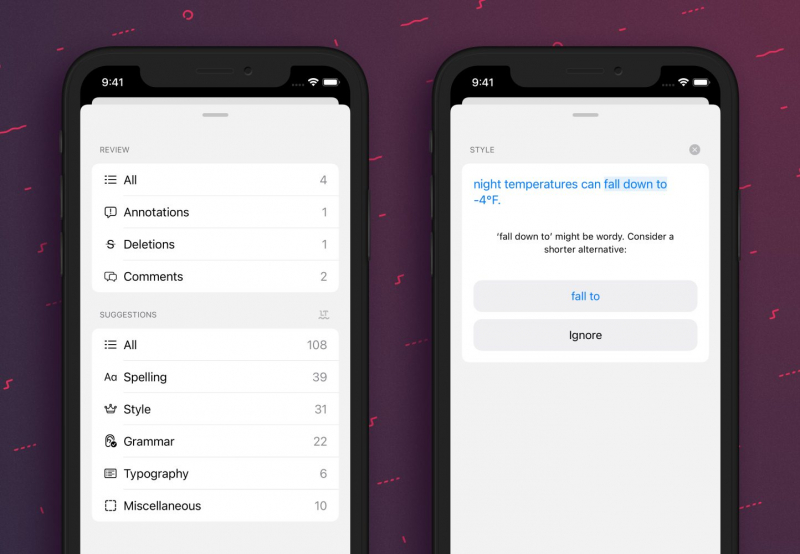
Ulysses 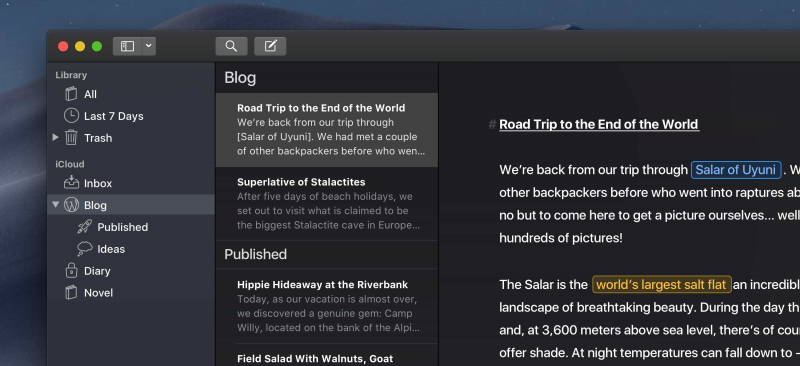
Ulysses -
Simplenote is a note-taking program that supports Markdown. Cross-platform programs are available for Android, Linux, Windows, iOS, and macOS in addition to most web browsers. Simplenote provides an externally available API, which allows additional clients to be built, such as the macOS Dashboard widget DashNote and nvPY, a cross-platform Simplenote client. Furthermore, the macOS application Notational Velocity and the Windows software ResophNotes can sync with Simplenote.
Simplenote, a free and open-source note-taking tool, was developed by the Automattic (creators of WordPress) team to address your note-taking concerns. Syncing Simplenote across all of your devices–whether Windows, Mac, or mobile–is a useful function.You also get markdown, which is quite useful for sharing code or emphasizing a point. On the other hand, there isn't a rich text editor. A drag-and-drop interface for revisions and note history is one feature that Simplenote has that others do not. To travel back in time, simply drag the toolbar.
Detailed information:
Cost: Free
Platforms: Android, iOS, Windows
Download: https://simplenote.com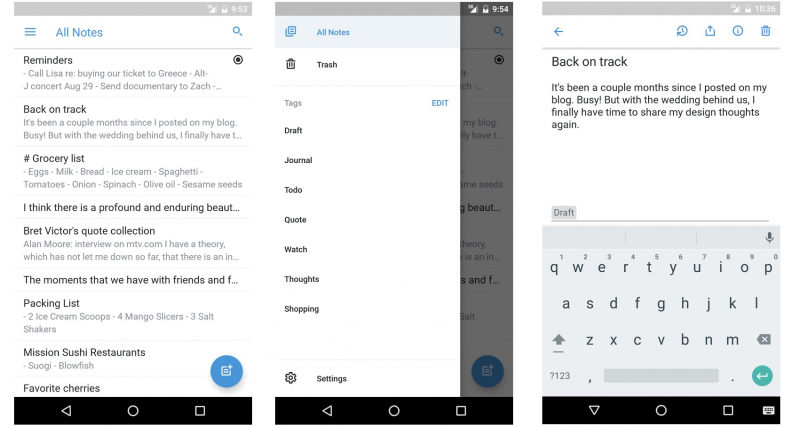
Simplenote 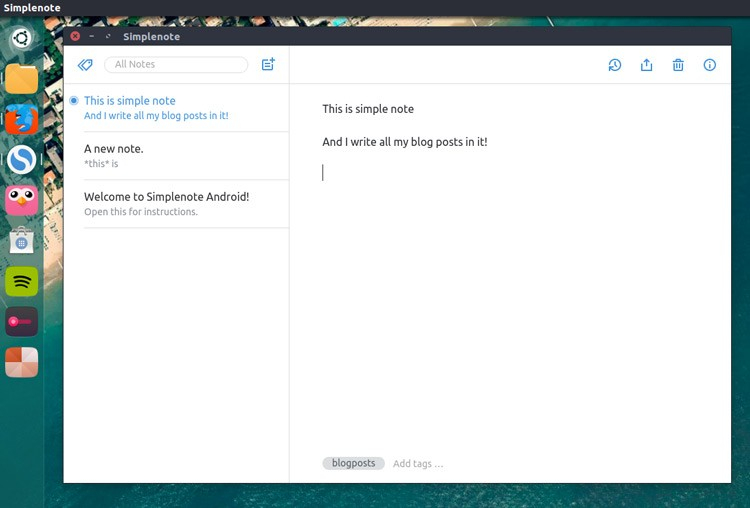
Simplenote











